Natural Lakes
Mother Nature creates natural lakes. Sometimes man enhances them by a strategic placement of a dam. My favorite lakes are natural ones because mother natures design is not hydropower production or irrigation but aquatic life.
Two of my favorite lakes are Idaho’s Henry’s Lake and Yellowstone Parks Heart Lake. These are notable fisheries because their structural elements include vast littoral zones and optimal water quality
Henry’s Lake is all littoral zones with an average depth of about ten feet. Here, great expanses of aquatic plants flourish which produces an enormous food chain. Its trout prospers and their average size is massive. The waters alkalinity is optimal; in addition,
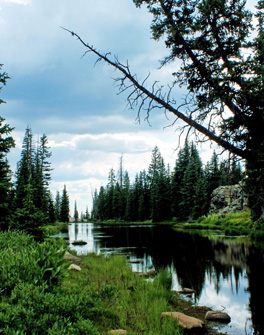
its altitude furnishes cool summer waters which allows for long growing seasons.
Heart Lake is a remote lake with similar elements favoring fish production. Here, large cutthroat and
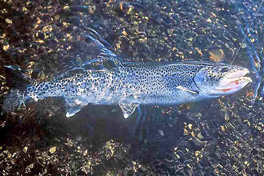
lake trout are present in prolific numbers. Its forest and water quality is almost untouched by man; a visit to Heart Lake is a superb wilderness experience.
The advantages of a natural lake are that many of them contain large areas of shallows and that their water source comes from underground springs. Here the earth has filtered its water supply and buffered its temperature and chemical contents. Seasonally, snow melt and run-off influences lakes with surface water run off; moreover, this carries organic and inorganic matter that can enrich these waters. The best natural lakes have an abundance of littoral zones coupled with good chemistry and water quality. From the weeds in the littoral zone both oxygen and insect habitat is
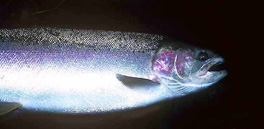
produced.
Usually, natural lakes include deep areas where during severe winter and summer conditions fish can migrate to for survival.
The valuable structures of natural lakes are weed beds; drop-offs, inlet channels and streams, outlet areas, shoals, peninsulas, bays, rock slides, riparian banks, cliffs, and downed timbers.
Fish cruise underwater routes in search of emerging insects and of other food sources. In the spring before heavy weed bed growths the open shallows are prime spots to fish because they warm first. Later, in the summer heavy weed bed growths occur; in addition, these shallows may become uncomfortably warm causing fish to seek nearby cooler channels and drop-offs.
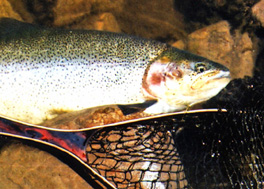
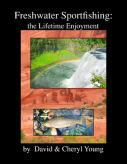
© 2025 The Gale Group, Inc. All rights reserved.
© 2025 Perigee Learning LLC. All rights reserved.
LoveTheOutdoors.com is owned and operated by Advameg, Inc. © 2025 Advameg, Inc.
Camping Adventures • Dutch Oven Cooking • Sports Knots
Fly Tying • Freshwater Fishing • Fly Fishing

